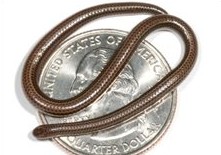Children taught how to do magic tricks instead of attending standard personal and social education lessons perform better socially, a psychologist says.
Magic requires self-discipline and an ability to empathise with your audience, Prof Richard Wiseman told the British Association Science Festival.
His team thinks it could help with bullying and aggressive behaviour.
He has tested it by teaching magic tricks to children aged 10 to 12 in Herefordshire.
Self-discipline
“Social skills are quite a difficult thing to take on board,” said Prof Wiseman, a psychologist based at the University of Hertfordshire, who began his working life as a professional magician.
Children are usually taught about these skills in personal, social and health education (PSHE) classes, but Prof Wiseman has been trying out a new approach – using magic to teach citizenship.
He says learning a trick requires self-discipline, and performing it demands that the magician thinks about how the trick looks from another person’s perspective.
“Tricks develop self-esteem, confidence and empathy. These are all useful traits to teach children,” he told the conference in Liverpool.
Interaction
Prof Wiseman compared children’s levels of self-esteem and sociability after these lessons with those when they had attended only the standard social education lessons – where self-reflection and moral tasks were the focus.
He found that children were significantly more sociable and confident after the magic lesson than after the standard PSHE lessons.
“It is unlike playing computer games, it encourages children to interact with their friends and family.
“Because of this, it is a unique and effective way of developing an important set of psychological skills,” he said.
He hopes to roll this out nationally and have it incorporated into mainstream lessons.
:: Read original here ::
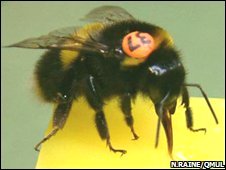 The way bumblebees search for food could help detectives hunt down serial killers, scientists believe.
The way bumblebees search for food could help detectives hunt down serial killers, scientists believe.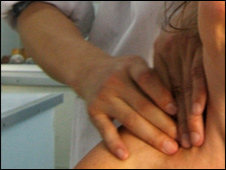 A new touch-sensitive nerve fibre responsible for the sense of pleasure experienced during stroking has been described at a UK conference today.
A new touch-sensitive nerve fibre responsible for the sense of pleasure experienced during stroking has been described at a UK conference today.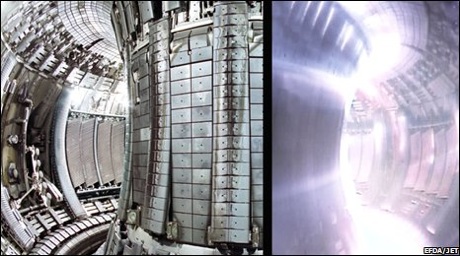 Scientists say an understanding of how the Twin Towers collapsed will help them develop the materials needed to build fusion reactors.
Scientists say an understanding of how the Twin Towers collapsed will help them develop the materials needed to build fusion reactors.
 Food packaging could be embedded with computer chips that instantly link your phone to an on-line sustainable food guide, a UK conference has heard.
Food packaging could be embedded with computer chips that instantly link your phone to an on-line sustainable food guide, a UK conference has heard.

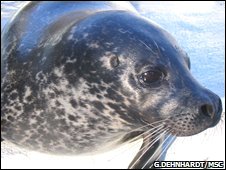 Seals can identify a single star in the night sky and navigate by it, scientists have discovered.
Seals can identify a single star in the night sky and navigate by it, scientists have discovered.
